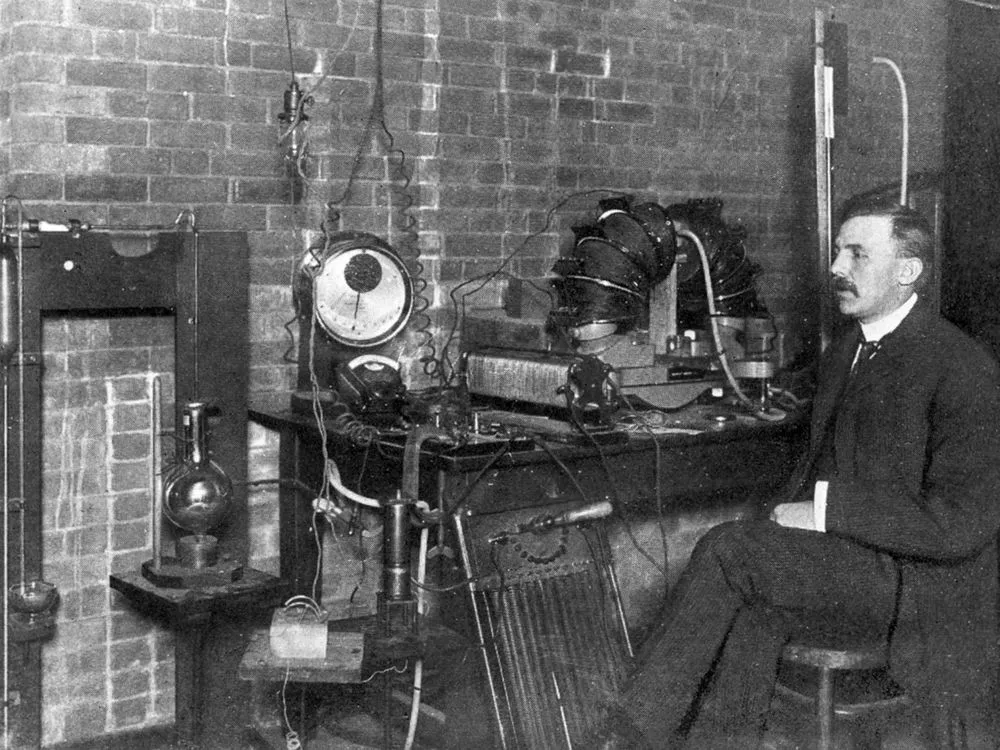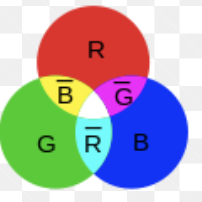I have known the basics ever since I was in high school myself: What we call positive and what we call negative is arbitrary; the truth is that electrons and protons must be oppositely charged but who wears which hat is just historical baggage; Ben Franklin is somehow the origin of this decision.
But today, while teaching about this in physics class, I speculated how the details of Franklin' glib macroscopic choice got translated into specifically assigning the microscopic negative to the electron and microscopic positive to the proton years later. In the moment, I guessed it was Rutherford's fault for discovering the nucleus with alpha particle and thereby assigning it a positive charge.
Well, I was close but not quite right. Here's a timeline based on an hour of internet sleuthing:
circa 1750 Ben Franklin proposes calling an excess of electric fluid "positive" and the lack of it "negative". Somewhat arbitrarily, he determines which direction this hard-to-detect 'fluid' is moving with his experiments isolating charge in Leyden Jars.
 |
| Leyden Jars |
1799 Alessandro Volta, looking to disprove's Galvani's proposed elettricità animale (from twitching frog legs), invents a primitive battery. In confirming the flow of current with his electrometer, he conforms to Franklin's idea of positive charge flow.
 |
| Voltaic Pile |
 |
| Volta's Electrometer |
1820 Hans Oersted noticed a deflection in a compass needle during a demonstration involving current during a lecture.In this way, the direction of forces on conventional current (positive charge movement) in a magnetic field are determined.
1879 William Crookes discovers that cathode rays from his eponymous tube are deflected the opposite way of conventional current, hence cathode rays must be negative.
 |
| Crookes Tube |
"Three quarks for Muster Mark!
Sure he hasn’t got much of a bark
And sure any he has it’s all beside the mark."













This is amazing.
ReplyDeleteMr. Rideout, if signs are arbitrary, does this mean that my crippling debt is not real? Asking for a friend.
ReplyDeleteWell, the problem here is that the signs are arbitrary but relative so if you were to flip the sign on your debt, your paychecks would all have to become debits on your bank accounts (which would also become negative). Probably best to stick with conventional signage on that debt!
Deletehi mr rideout
ReplyDelete